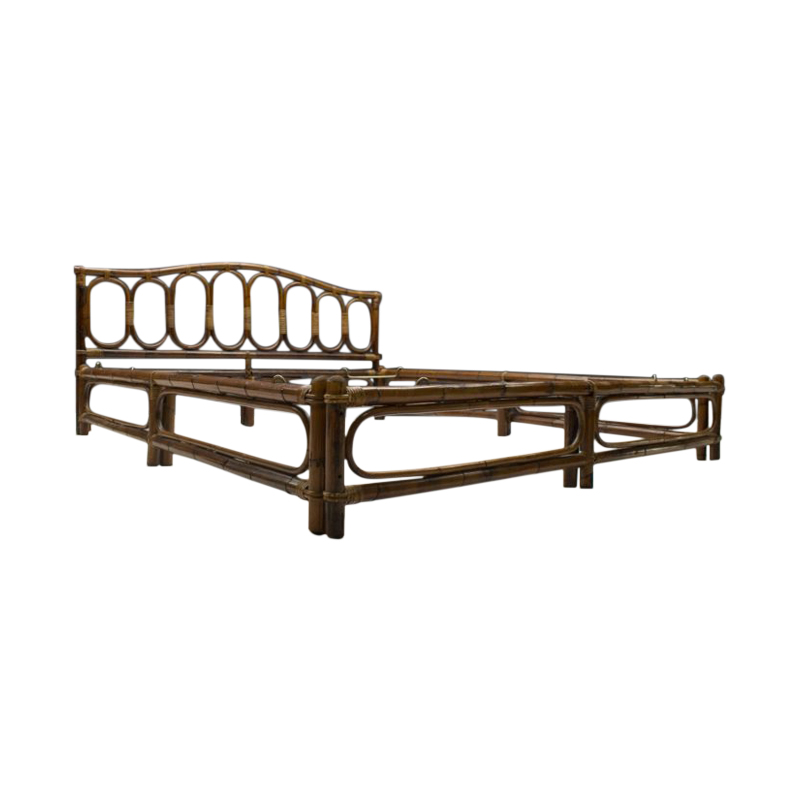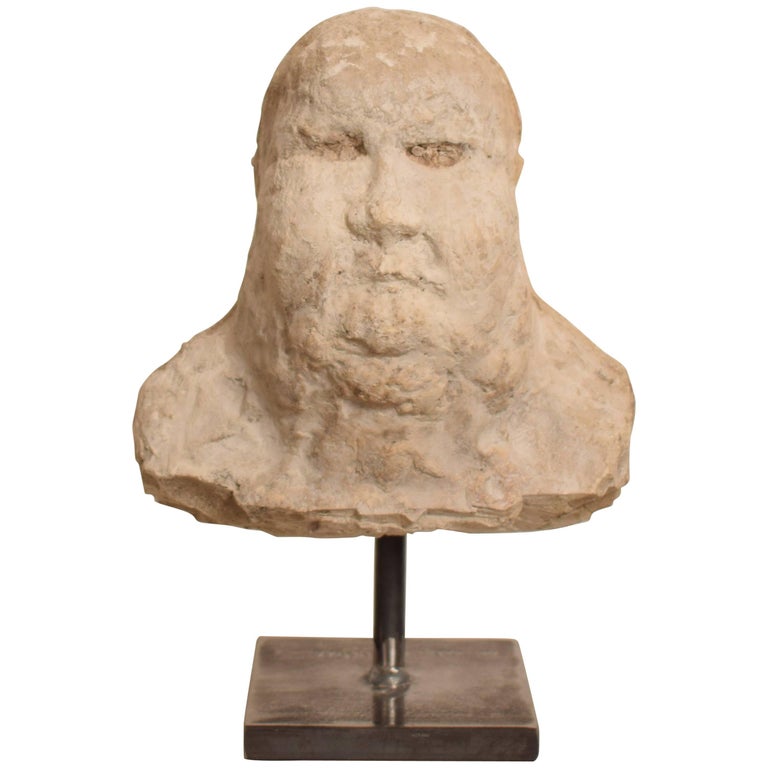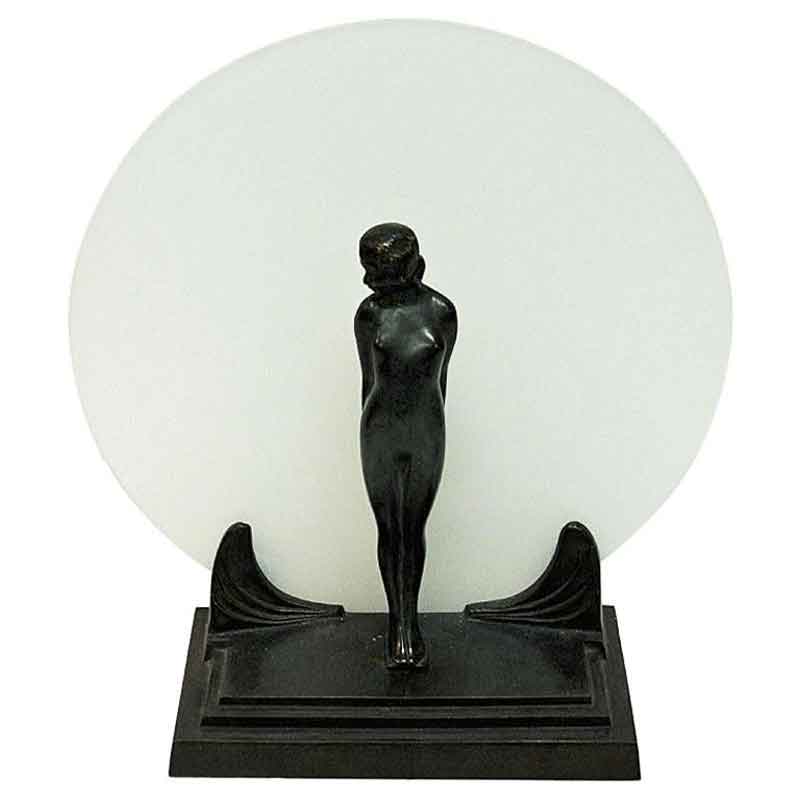Hi guys, thank you for your comments. After an hour of work and pain in my hands, I was able to remove all the staples of the top white cover.
As you can see from the pictures, the nails that have been used to fix the jute have created some cracks into the wood. The frame looks still very solid to me, but it's just a pity.
In respect to where the original spring were: as you can see from the second picture, two little holes are visible close to my finger. There are 6 on one side, and six on the other side. My guess is that this is where the hook for the eeee springs were fixed. What do you think?
At this point I wish I could proceed with the removal of the jute, but:
May I use the hooks and the eeee springs that spanky indicated, as those for this chair I would not know how to find them? Even if the hooks that spanky indicated have only one hole?
http://www.design-restoration-spares.com/product/eeeeeee-spring-hooks-us...
Thank you for your help!!
Ernest
I do not believe the original used hooks. The springs were attached directly to the frame. I see no reason why you could not use the eeee spring and hooks that Spanky found. However, I don't think you actually need the hooks and it would be more authentic without.
Once you take off the jute webbing everything will be visible. I see no reason why you would want to leave the jute on there. It is uncomfortable, inappropriate, and the nails are cracking the frame.
Hi Leif, I think you are right. I will proceed with the removal of the jute. Could you explain me how to fix the eeeee springs directly to the frame? I imagine that the part of the eeee spring that goes on the wood, where the staple fixes it, will be more exposed to touch the pillow than the rest of the eeee spring. Or how do you envision it?
Could you also describe how the eeee spring needs to be fixed with the staple? I could not find any picture on the internet.
Thank you for your help!
Ernest
Hi ! I removed all the jute (what a job!) and indeed the remaining traces of where the original springs were fixed are visible: 6 on each side.
I am now planning to close the small cracks and numerous holes left from the nails, using epoxic glue, and then sand it. I think it will be difficult to inject epoxi in the small holes and cracks, and probably not even needed from a pure structural point of view. But I find sad what they did with this frame.
As you can see from the pictures, I think that two staples, very close to each other, were used to fix the spring. As I understand now by looking at how the spring looks like, it totally makes sense because the spring is "flat". How do you think I can calculate how long the spring has? I will order it today.
Do you have any comment also on the kind of staples that I should use? These are inserted with an hammer, right?
Thank you and best regards,
Ernest.
Yes, pounded in with a hammer. I would guess the staples should be about as thick as the spring wire.
Interesting that there are only 6. This must Ben something they changed.
Since there are fewer springs I think I would try to get them tight. All the sitters weight will be on them.
Use eye protection when you attach them!
I generally always try to follow the original. And I try to avoid the temptation to improve the original as I go. It is nearly always the case that when I have done something stupid in a restoration it is because I thought I understood everything already and knew better than the maker.
Sometimes I learn a lot by following this formula. Sometimes I don
If you need any help, please contact us at – info@designaddict.com









